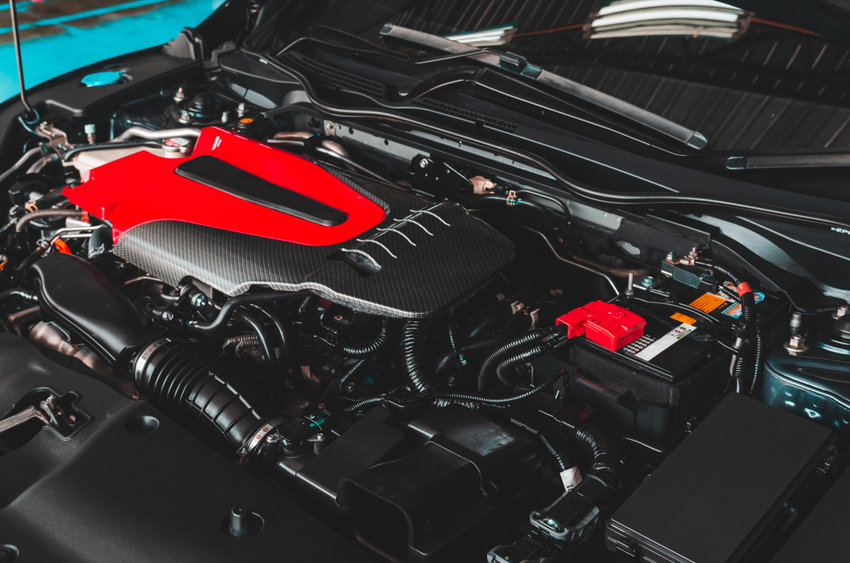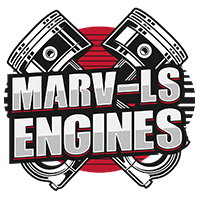A car’s engine is like the heart. This is because all other car functions originate from the engine. The engine converts heat from burning gas to the force that turns the wheels on the road. To be able to accommodate the heavy workload, the engine needs to have enough power. The engine consists of two major parts: a block, a casing for most of the engine’s movable parts. and the cylinder head: Where air and fuel are mixed into the cylinder and where hot exhaust gasses exit the engine.
Types of Engine Layouts
Inline Engines
This is the simplest and a very common type of car engine. It consists of four or six vertical cylinders together. Some of the most famous inline engines are Toyota’s 2JZ and Honda’s B16 engine.

V-8 Engine
This engine is mostly fitted into either sports cars or trucks that need extra horsepower and torque to pull their load. The cylinders are arrange at an angle of 90 degrees on the LS series engines.
Horizontally opposed engine
This is simply an extension on the V-8 engine only that the angle is tilted to 180 degrees. The advantage of the horizontally opposed engine over the V-8 engine is that it saves height and is more stable.
The Engine Swapping Process
Engine swapping is compared to conducting a heart transplant the car is relying on the engine to get it moving again.
Reasons for Swapping Engines
Damaged engine
Several things can cause engine problems such as low engine oil levels may cause engine damage. The core purpose of engine oil is to lubricate the moving parts of the engine so that they won’t overheat due to friction. When the engine oil is low or out, it must be refilled immediately. If your car is using more oil than normal, that is an indication that your engine may be damaged in some way.
To Get Improved Efficiency and Performance
Increasing engine performance is considered to be the center of turning up the car. The larger the engine capacity, the more power potential it has and can convert into better performance for small light cars, or big heavy trucks.
To Revive A ‘Dead’ Car
This often involves replacing the engine of an old classic car with a new and more modern engine.
Most trained mechanics or people who are enthusiastic about cars would consider carrying out an engine swap since they enjoy working on vehicles.
Categories of Engine Swapping
Important Factors to Consider When Swapping an Engine
Start With The Right Car
This is done from the beginning when you are buying a car. Possessing the right car and being fully aware that a time would come when it will receive a more powerful engine.
Choose the Correct Engine
No one wants to do an engine swap twice. Make sure the engine that you are swapping into your vehicle is more than enough to satisfy your goals.
Mounting and Fabrication
Not all engines will fit into your new car easily. There may be fabrication required to get your new engine to fit correctly into your car.
Some engine swaps will require a lot of fabrication to work with the other components like the axle and drive train. It is important to be very careful during installation to connect the drive train and gears correctly to avoid a breakdown.
